Resources for: A New Neurofunctional Approach to the Treatment of Amblyopia and Strabismus
When a link or .pdf to the article was available, it was attached. If not, a more detailed reference was listed.
- Birnbaum MH , Koslowe K , Sanet R American Journal of Optometry and Physiological Optics [01 May 1977, 54(5):269-275]
- Occlusion for amblyopia: A comprehensive survey of outcome: F Hiscox, N Strong, J R Thompson, C Minshull & G Woodruff in Eye volume 6, pages300–304 (1992)
- Neuron-V48-Oct-2005-Neuroscience-Critical-Periods
- http://www.fixingmygaze.com/
- https://visionhelp.com/the-psychosocial-and-emotional-consequences-of-occlusion-therapy-an-antiquated-treatment-for-amblyopia/
- Elbow splinting as a method to increase patching compliance in amblyopia therapy
- Why is compliance with occlusion therapy for amblyopia so hard? A qualitative study: https://www.ncbi.nlm.nih.gov/pubmed/16531452
- Patching may be strengthening rather than reducing the binocular imbalance that characterize amblyopia: Binocular Plasticity in Adults
- Under-correction of hyperopia reduces risk of becoming strabismic: https://www.ncbi.nlm.nih.gov/pubmed/8776448
- Refractive error change and vision improvement: https://journals.plos.org/plosone/article?id=10.1371/journal.pone.0175780
- Awan, M & Proudlock, Frank & Grosvenor, D & Choudhuri, I & Sarvanananthan, N & Gottlob, Irene. (2009). An audit of the outcome of amblyopia treatment: A retrospective analysis of 322 children. The British journal of ophthalmology. 94. 1007-11. 10.1136/bjo.2008.154674.
- https://www.cell.com/trends/neurosciences/fulltext/S0166-2236(00)01967-6 Environmental complexity stimulates visual cortex neurogenesis.
- Duffy, F. H., Snodgrass, S. R.: Bicuculline reversal of deprivation amblyopia in the cat. Nature 260, 256-257 (1976).
- https://www.nyas.org/events/2007/plasticity-of-sensory-systems/ "Alleviating neural inhibition in adulthood with drugs or training paradigms may unmask the full capacity for lifelong learning"
- Birch-Amblyopia-and-Binocular-Vision "Unless the binocular dysfunction is treated, abnormal binocular vision may result in residual amblyopia, and may trigger recurrence of amblyopia"
- https://www.ophthalmologytimes.com/modern-medicine-feature-articles/new-perspective-posits-amblyopia-secondary-binocular-problems
- Binocular Vision in Amblyopia: Hess Binocular Vision in amblyopia
- User's Guide to the Brain: Dr. John Ratey

- Franz and Sherman: Amblyopia-Therapy-Rationale-for-Refractive-Correction-Occlusion-VT
- Greenwald: Brock A Binocular Approach to Amblyopia Therapy brock_-_a_binoc_approach_to_amblyopia-therapy-Greenwald
- "The anatomical changes that we find in the eye muscles are minimal and only in rare instances are they of any importance in the total picture" https://visionhelp.wordpress.com/2012/04/04/a-ruede-re-awakening/
- ELISSS Study: Early vs. Late Infantile Strabismus Surgery Study. Note: At age six, 13.5% of the early vs. 3.9% of the late group recognized the Titmus Housefly; 3.0% of the early and 3.9% of the late group had stereopsis beyond Titmus Housefly. https://www.ncbi.nlm.nih.gov/pubmed/16361188
- Reoperation rates were between 60% and 80% for children first operated around age 1 and approximately 25% for children operated around age 4: https://www.ncbi.nlm.nih.gov/pubmed/20843185
- "It has not been possible to resolve the controversies regarding type of surgery, non-surgical intervention, and the optimal timing" The Cocharan Collaboration https://www.ncbi.nlm.nih.gov/pubmed/15674970
- Strabismus Surgery and its complications: https://www.springer.com/us/book/9783540327042
- https://eyewiki.aao.org/Strabismus_Surgery_Complications
- The_Prevalence_of_Reoperation_and_Relate d Risk Infantile Esotropia: As can be seen in the decision tree, the most appropriate age for the first operation is 37 months, if a minimum number of operations and achieving gross stereopsis inpatients older than 5 years old is desired.
- Pilar Vegara: Crossed and Lazy Eyes (I was unable to find this on Amazon Books) It is currently available here - https://www.oepf.org/product/643

- Cook-Incomitant-Strabismus-JBO-2004
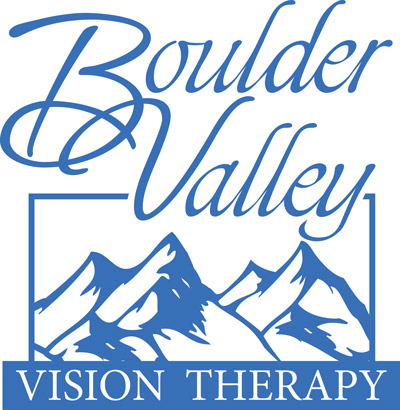
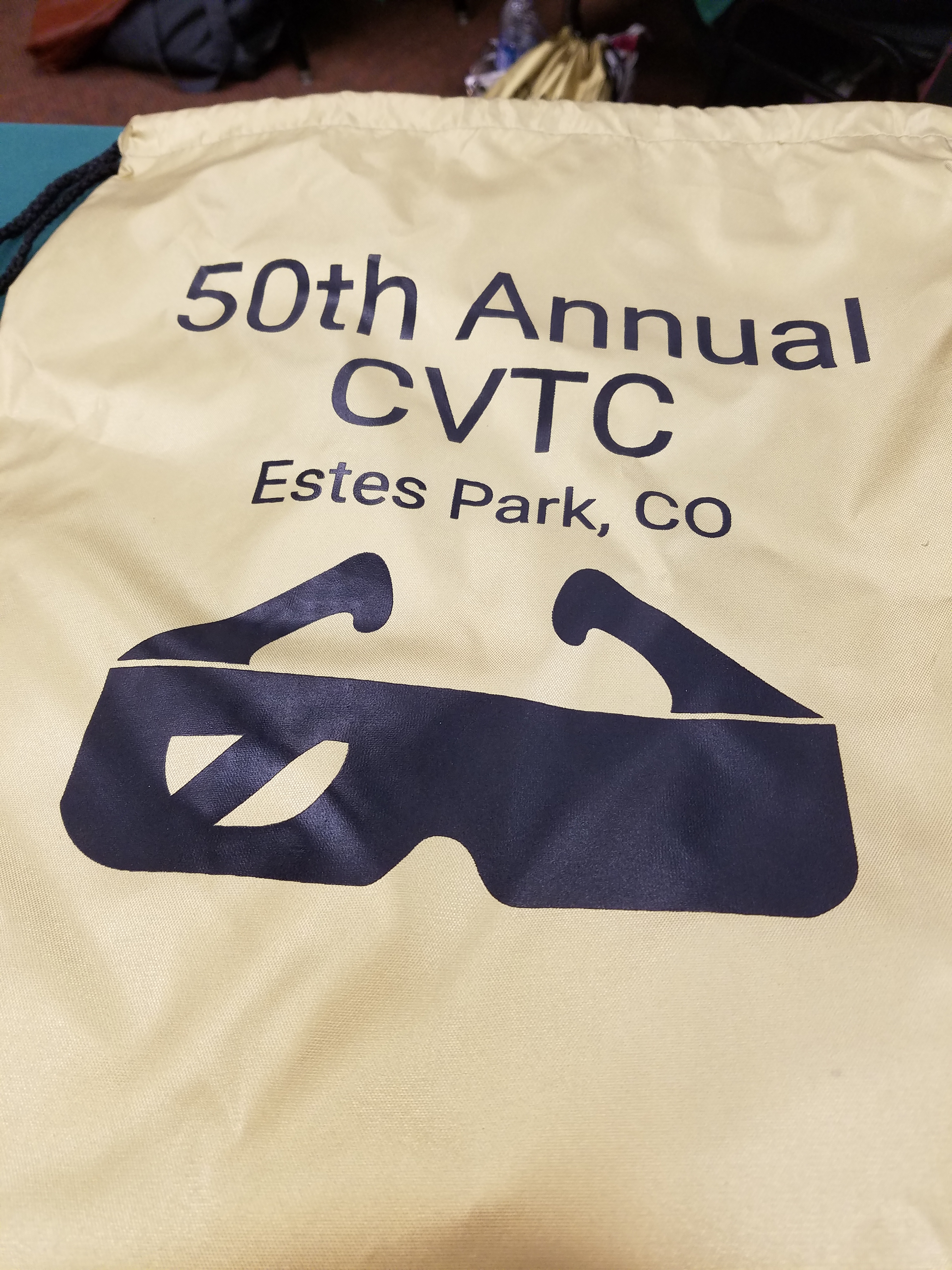




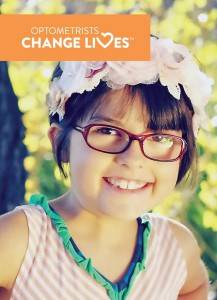
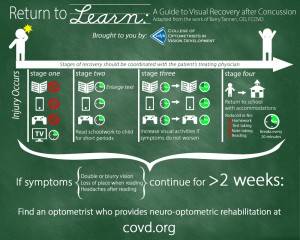
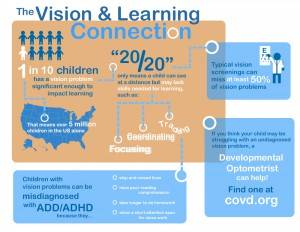
Notes:
Please contact us with any questions you might have at bouldervt@yahoo.com.